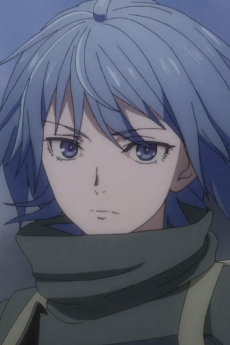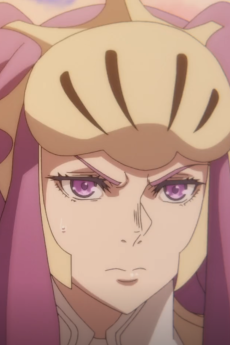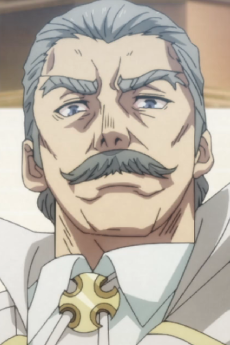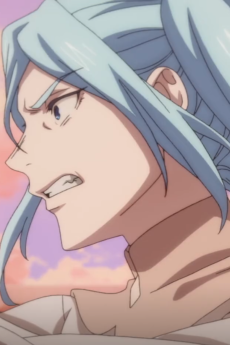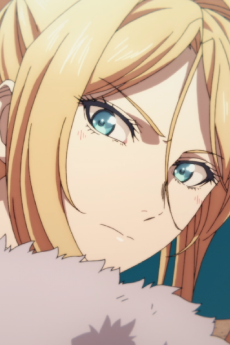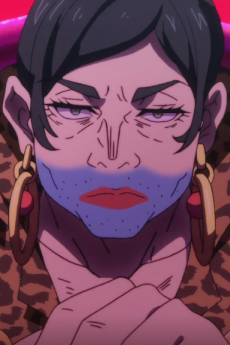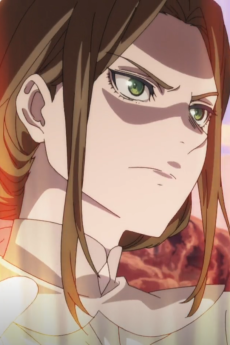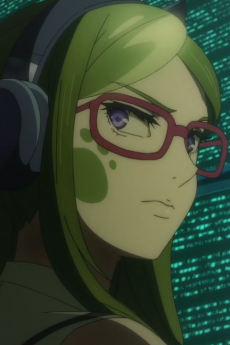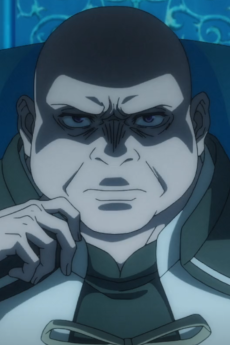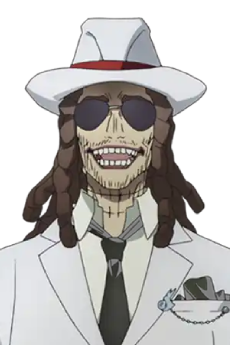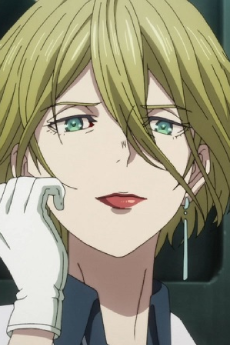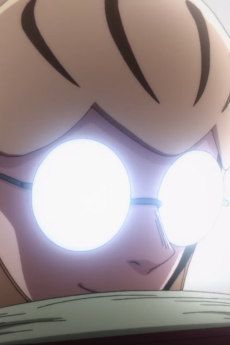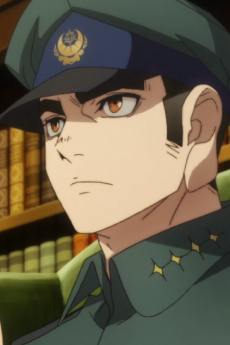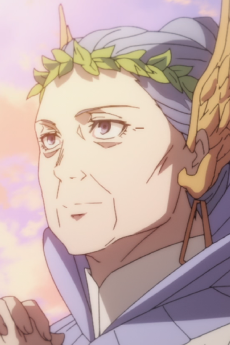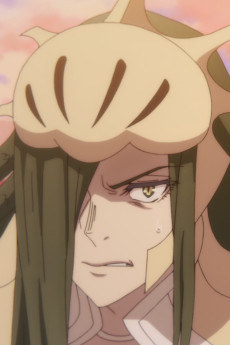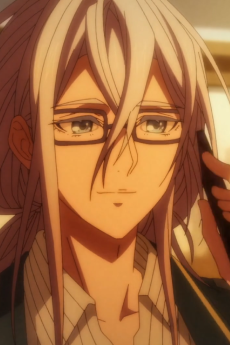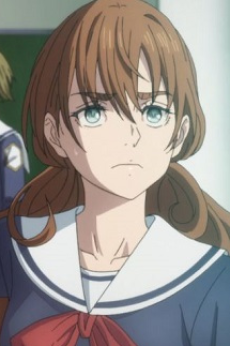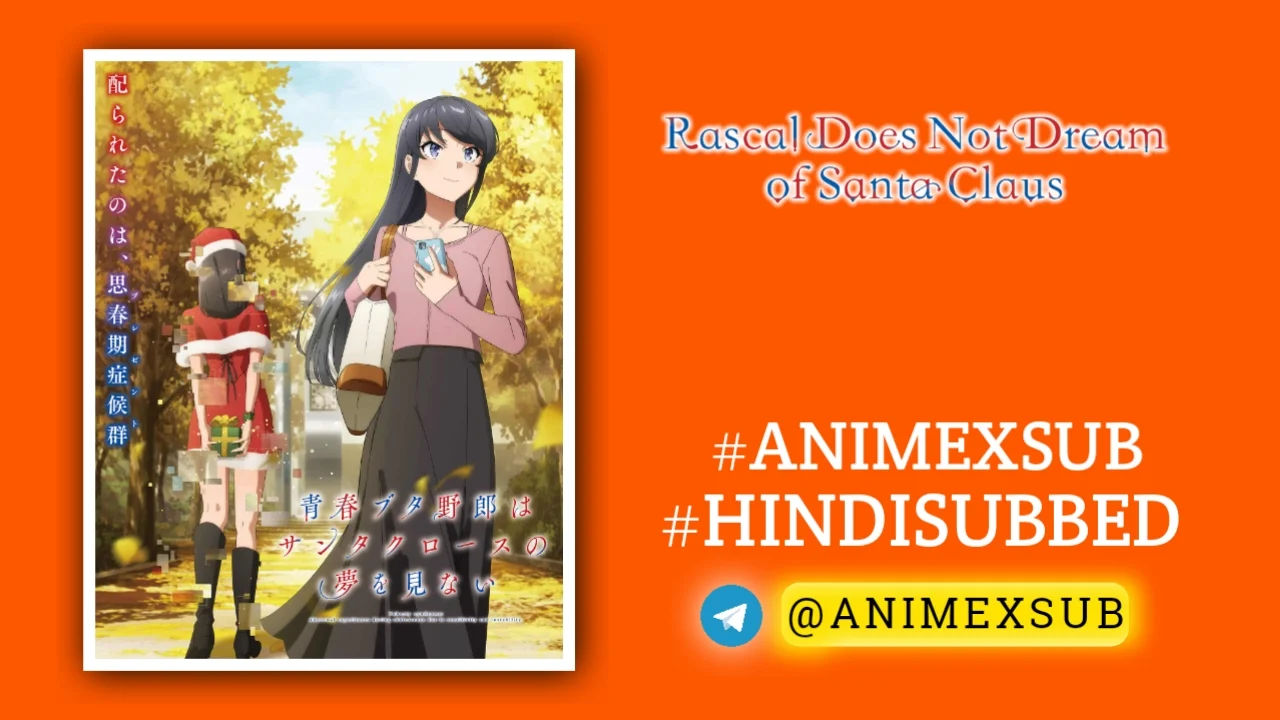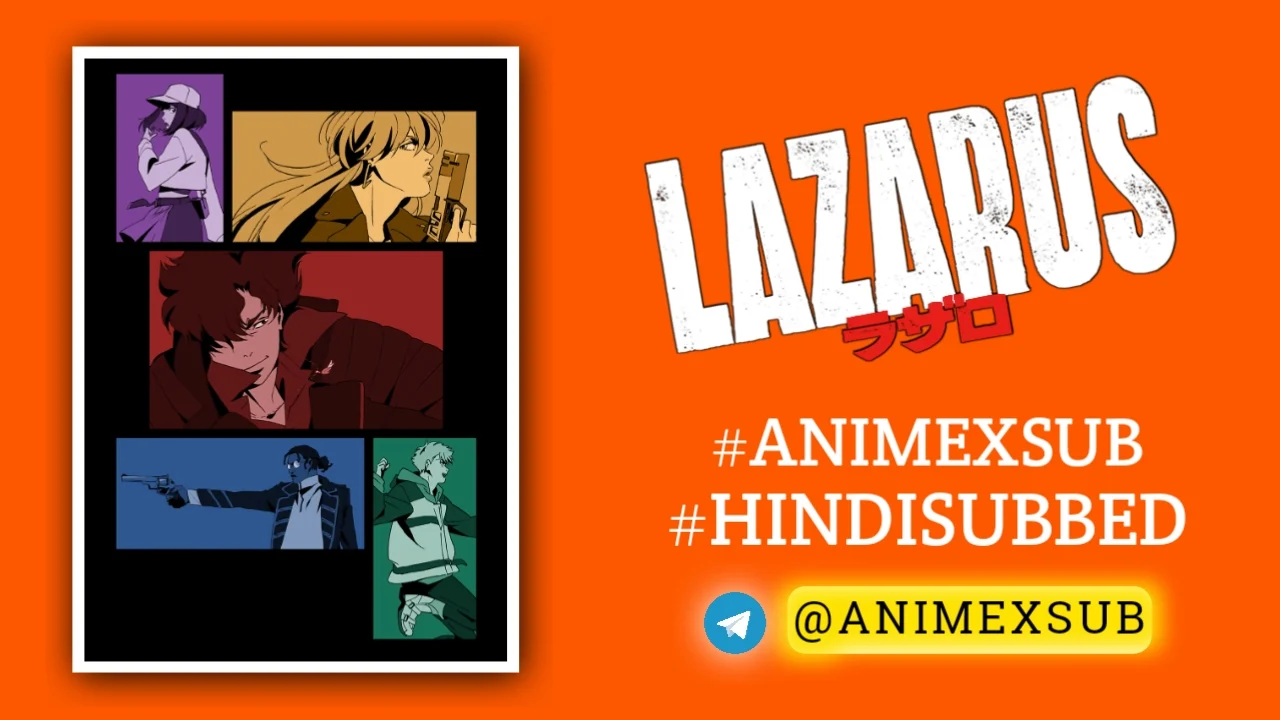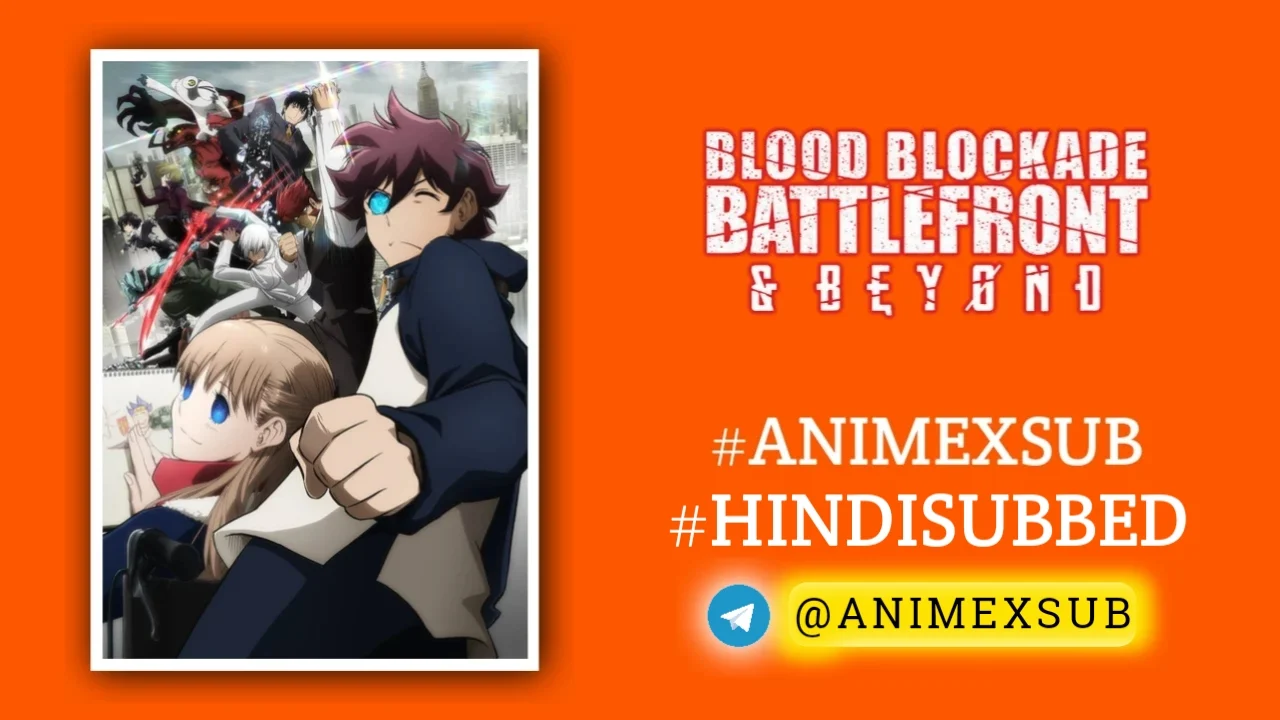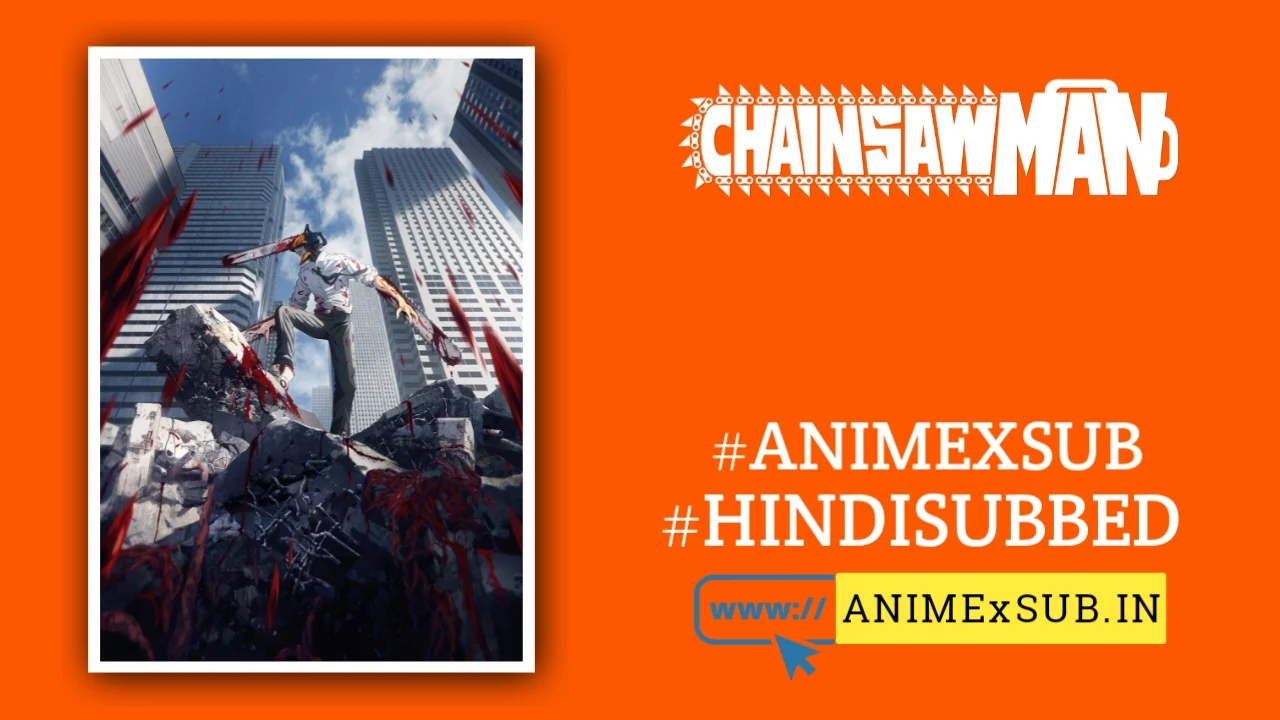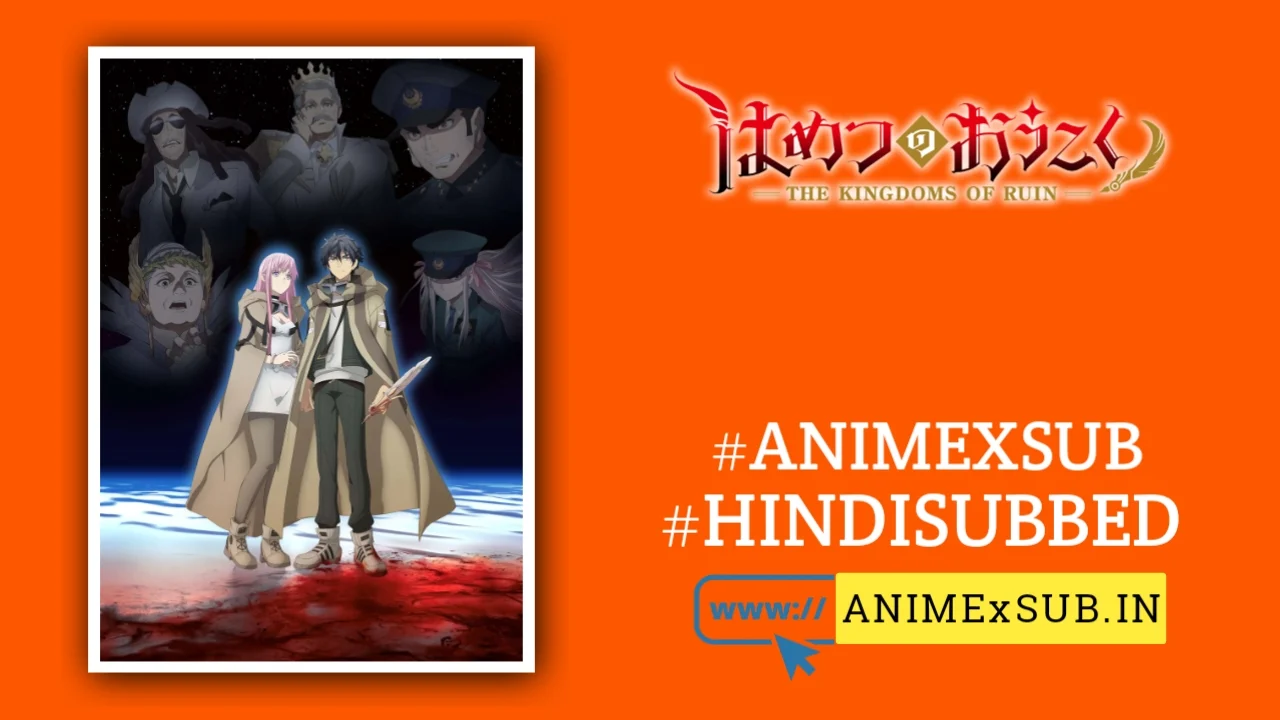
The Kingdoms of Ruin Season 1 Hindi Subbed [12/12] | Hametsu no Oukoku Hindi Sub
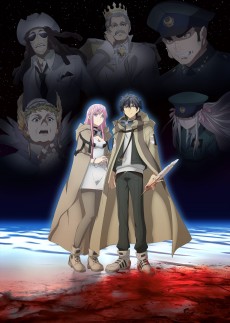
Hametsu no Oukoku
The Kingdoms of RuinSynopsis
Witches once blessed the human race with wisdom and peace. But the Redia Empire's "Gear Expansion" brought about a culture of science that far surpassed magic, and witches were viewed as enemies impeding the progress of civilization. Thus began the witch hunts. One human named Adonis, who was raised by a witch named Chloe, swears revenge against the human race that took his beloved mentor from him. What salvation can be found at the end of a bloodbath fueled by utter despair? (Source: Crunchyroll)
Watch Trailer
Characters
Unveiling the Grit and Glory of The Kingdoms of Ruin Season 1: A Deep Dive into a Polarizing Masterpiece
The Kingdoms of Ruin (Hametsu no Oukoku) Season 1, animated by Yokohama Animation Lab and directed by Keitaro Motonaga, is a bold, unapologetic anime that blends dark fantasy with futuristic science fiction, delivering a narrative that’s as divisive as it is unforgettable. Adapted from Yoruhashi’s manga, this 12-episode series (October to December 2023) doesn’t shy away from its gritty premise: a world where witches, once revered for their magic, are hunted to extinction by a technologically advanced Redia Empire. What follows is a raw exploration of revenge, loss, and the human condition, anchored by two contrasting protagonists—Adonis and Doroka—whose dynamic drives the story through a gauntlet of violence, moral ambiguity, and fleeting hope. This article dissects the series’ strengths, flaws, and unique contributions to the anime landscape, offering a fresh perspective without treading into promotional territory.
A World Built on Contradictions: Setting and Themes
The Kingdoms of Ruin constructs a world that’s both fantastical and dystopian, where magic and science collide with devastating consequences. Witches, once humanity’s saviors, are rendered obsolete by the Redia Empire’s “Gear Expansion”—a scientific revolution that empowers humans to rival magical prowess. This backdrop sets the stage for a narrative steeped in themes of betrayal, vengeance, and the cyclical nature of oppression. Unlike many anime that balance light and dark, this series leans heavily into its grim tone, with scenes of gore, torture, and genocide that don’t pull punches.
What makes the setting stand out is its refusal to romanticize either side. The Redia Empire isn’t a cartoonish evil; it’s a society driven by fear and ambition, justified in its witch hunts by a desire for self-determination. Meanwhile, the witches, though victims, wield powers that can destabilize entire nations, raising questions about whether their persecution is entirely unwarranted. This moral grayness elevates the series beyond a simple revenge tale, forcing viewers to grapple with uncomfortable truths about power and survival.
However, the world-building has gaps. The lore behind Gear Expansion and the witches’ magic is underexplored, leaving some plot points—like the empire’s rapid technological leap—feeling convenient rather than organic. This lack of depth can frustrate viewers seeking a fully realized universe, but the show’s focus on character-driven storytelling partially compensates for these shortcomings.
Adonis and Doroka: A Study in Duality
At the heart of The Kingdoms of Ruin are Adonis and Doroka, two characters whose opposing philosophies anchor the narrative. Adonis, a human apprentice to a slain witch, is consumed by rage, vowing to annihilate the Redia Empire for its atrocities. His journey from a grieving boy to a relentless anti-hero is compelling but flawed—his single-minded focus on revenge makes him borderline unlikable for much of the season. Critics have noted that his character arc stagnates, with little growth until the finale, which can alienate viewers who crave nuanced protagonists.
Doroka, a witch with forbidden “love magic,” is Adonis’ foil. Her ability to manipulate hearts could make her a manipulator, yet she chooses compassion, seeking to heal rather than destroy. Her resilience in the face of trauma—surviving the empire’s concentration camps—makes her a beacon of hope, but her passivity sometimes renders her a punching bag for the story’s relentless violence. The dynamic between Adonis’ fiery vengeance and Doroka’s gentle idealism is the series’ strongest asset, offering moments of brilliance when their conflicting worldviews spark genuine emotional depth. Yet, as reviews point out, their relationship doesn’t fully coalesce until the final episode, leaving much of the season feeling like a slow burn to an incomplete payoff.
Visual and Auditory Impact: A Feast for the Senses
Yokohama Animation Lab delivers a visual experience that’s both stunning and polarizing. The fight scenes are a highlight, blending fluid animation with visceral gore that captures the brutality of Adonis’ crusade. Magic and technology clash in dazzling displays—think glowing runes versus futuristic weaponry—that keep action fans glued to the screen. However, some Reddit users have criticized the animation during non-action sequences as “cheap,” with static backgrounds and inconsistent character designs occasionally undermining the show’s ambition.
The soundtrack, composed with haunting melodies and pulsating electronic beats, mirrors the series’ tonal shifts between despair and defiance. Voice acting, particularly in the Japanese dub, is a standout, with Adonis’ seething anger and Doroka’s quiet strength brought to life with raw intensity. The English dub, available on Crunchyroll, also garners praise for its faithful delivery, though some fans prefer the original for its emotional nuance.
Narrative Strengths and Stumbles
The Kingdoms of Ruin kicks off with a gut-punch premiere that hooks viewers with its shocking violence and intriguing premise. The story of witches being hunted to extinction resonates with real-world parallels to persecution, giving the series a layer of social commentary. Adonis’ quest for revenge, while repetitive, taps into a primal catharsis, and Doroka’s attempts to temper his rage add a philosophical depth rare in action-heavy anime.
Yet, the series struggles with pacing and focus. The middle episodes drag, with Adonis’ unrelenting anger and Doroka’s passive suffering dominating without enough progression. Reviews on MyAnimeList and Reddit highlight this stagnation, noting that the show’s “edginess” loses steam when it fails to evolve beyond its shock value. The finale, while delivering a satisfying climax to Adonis and Doroka’s arc, leaves too many questions unanswered—about the empire, the witches’ origins, and the broader world—making the season feel like a setup for a sequel rather than a complete story.
Why It’s Polarizing: The Edge Factor
The Kingdoms of Ruin doesn’t shy away from being “edgy,” a trait that both defines and divides it. The opening episodes revel in over-the-top violence and dark themes, which some viewers find thrilling and others excessive. Reddit discussions reflect this split: some praise the show’s unapologetic intensity, calling it a refreshing departure from formulaic anime, while others argue it sacrifices substance for shock. One user summed it up: “The edginess was the only unique thing, but when it dies down, there’s nothing left that’s above average.”
This edginess, however, is intentional. The series isn’t trying to be a feel-good adventure; it’s a raw, unfiltered look at a broken world. Fans who embrace this—those who enjoy anime like Berserk or Attack on Titan for their unrelenting darkness—will find much to love. But for viewers seeking balance or deeper world-building, the show’s relentless grimness can feel one-note.
A Private Tutor’s Lens: Unpacking the Narrative for Deeper Insight
Imagine a private tutor dissecting The Kingdoms of Ruin for a student of anime studies. They’d highlight its exploration of power dynamics—how fear of the “other” (witches) fuels oppression, and how Adonis’ revenge mirrors the empire’s own ruthlessness, creating a cycle of violence. They’d point to Doroka’s love magic as a metaphor for empathy in a hate-filled world, urging students to consider whether her pacifism is strength or weakness. They’d also critique the pacing, encouraging students to analyze how the show’s focus on character over plot affects its impact. This lens reveals the series as a flawed but thought-provoking text, ripe for discussion about morality, trauma, and societal fear.
Final Verdict: A Flawed Gem Worth Watching
The Kingdoms of Ruin Season 1 is a polarizing beast—equal parts captivating and frustrating. Its blend of dark fantasy and sci-fi, coupled with Adonis and Doroka’s compelling dynamic, makes it a standout in a crowded anime season. The animation shines in action sequences, and the themes of revenge and redemption resonate deeply when the story hits its stride. Yet, its sluggish pacing, underdeveloped world, and overreliance on shock value hold it back from greatness.
For viewers who crave raw, unfiltered narratives and don’t mind unanswered questions, this series is a must-watch. Those seeking polished storytelling or lighter fare may want to pass. Either way, The Kingdoms of Ruin is a bold experiment that pushes boundaries, leaving an indelible mark on the anime landscape. As one Reddit user put it, “It’s not a masterpiece, but calling it trash is a bad take.” Dive in, brace for impact, and decide for yourself where it lands.
Sources:
Support Our Anime Community!
Love watching the latest anime? Help us keep uploading new episodes by join telegram channel ❤️
Join Now!

